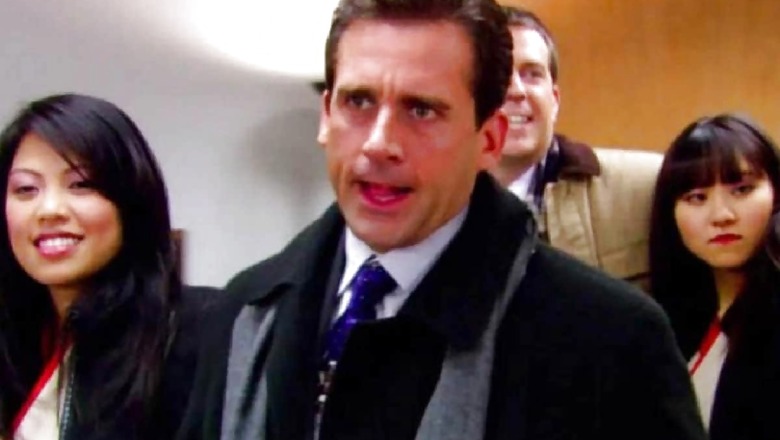
views
Recently, American actress Kat Ahn, who appeared in the Benihana Christmas episode of the popular sitcom The Office, talked about how the show’s stereotypical portrayal of two Asian American characters not only harmed her professionally, but also led to her facing similar incidents in real-life. The actress spoke up about the episode in the light of the horrific surge of hate-crimes against the Asian American and Pacific Islander (AAPI) community in the US.
Ahn said that she took the ‘racist job’ as a struggling artist trying to pay rent, not knowing how the episode would impact her. She recalled a person trying to draw on her with a marker, like Michael Scott does in the episode.
“The storyline with myself and the other Asian American actress is that we were the uglier versions of the actresses at the Benihana. Also that all Asian people look alike. We’re one big monolith and just one big walking stereotype without any personality or any individuality, which is problematic. The whole joke was that all Asians look alike and that’s why Michael Scott couldn’t tell us apart,” Ahn said.
This is not the only stereotype The Office has portrayed. Their second episode was ‘Diversity Day’ in which the employees of Dunder Mifflin were asked to name racial stereotypes of different ethnicities. In the last scene, Kelly Kapoor even slaps Michael Scott for making fun of Indians. In a way, The Office is getting redemption for the fact that even after making risque and insensitive jokes, the characters also face the consequences of their actions. However, a couple of episodes, including Benihana Christmas have only resulted in enabling racism.
This is not the only film or show that has come under fire for their ‘racist’ portrayal of the AAPI community. In fact, Asian Americans have often been the butt of jokes and punchlines. Also rampant is the depiction of them in very regressive tropes. Asian American women are shown as promiscuous and men are shown as dim-witted. Stanley Kubrick’s Full Metal Jacket has also come under fire for the famous scene where a Vietnamese sex worker tries to seduce American soldiers by saying, “Me love you long time.” Many Asian women have said that they were catcalled and harassed using this line.
The conversation around racial and ethnic stereotypes have started in Hollywood, albeit, after mass shootings and hate crimes. In Bollywood, racial and casteist stereotypes get a free pass in the name of cinematic liberty.
If we consider a show in India with the impact of The Office, it will probably be Taarak Mehta Ka Ooltah Chashmah. The show, which has been running since the last 12 years, has a South Indian character called Iyer. His role in the show is solely to be mocked for being dark, whereas his wife is revered and fetishised for being fair. Of course, it is a comedy, but comedies, especially long-running ones, have a strong influence on people.
Bollywood has a racism problem. From miscasting North Indian actors to play North Eastern or South Indian characters to fair actors using Blackface or Brownface to play dark-skinned characters, there is a new controversy every now and then.
Bollywood also has a history of promoting racial, religious and regional stereotypes. Especially in the 70s and 80s, Hindi films were full of stereotypes about Goans and Catholic people. They were shown as drunkards, speaking broken English and spending most of their time doing nothing. The women were shown as ‘loose,’ who wouldn’t shy away from indulging in pre-marital sex.
Even in latest films like Finding Fanny, Dimple Kapadia’ character is ridden with stereotypes. The community also protested the 2012 film Kamaal Dhamaal Malamaal, which was full of stereotypes. Many ‘offensive’ scenes were asked to be removed. Aishwarya Rai and Shah Rukh Khan’s Josh was also ridden with stereotypes.
One of the glaring examples of how racial stereotypes lead to a harm towards the community is how people from the North Eastern states face racism in rest of India. On films, roles written for Northeastern Indians and rare, and even rarer are opportunities given to the actors. They are usually punchlines of jokes and props in the background. Their “slanted eyes” are either fetishized or made fun of, and more often than not, they are made to play roles without any agency. Needless to say, people in real-life don’t consider them worthy of respect.
The only silver lining of it all is, people are initiating a conversation through association. When people in Hollywood talk about diversity, it makes people think of examples from their own country’s cinema. The first step to ensure better representation is to acknowledge there is a problem.
A filmmaker has the responsibility to cast the right people, the writers have to responsibilty to write better stories and the actors (most of whom are privileged) have the responsibility to not take a role meant for someone else.
Of course with time, changes are inevitable. However, just because something is better than before doesn’t make it ideal.
Read all the Latest News, Breaking News and Coronavirus News here. Follow us on Facebook, Twitter and Telegram.










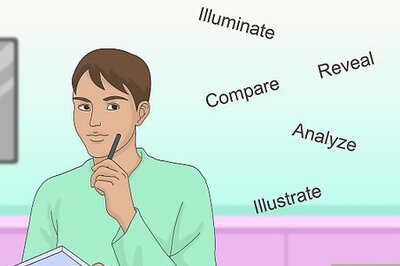


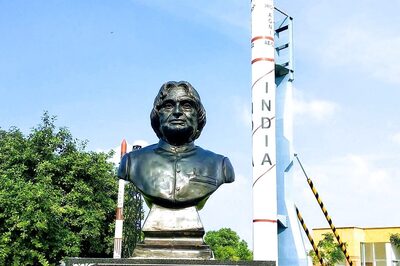

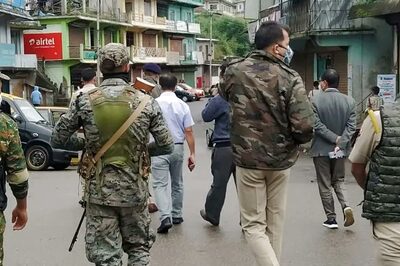
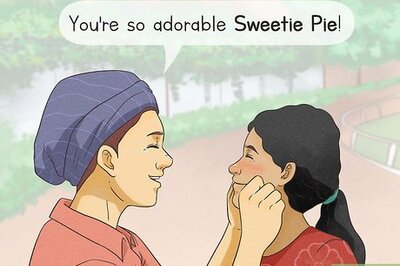
Comments
0 comment